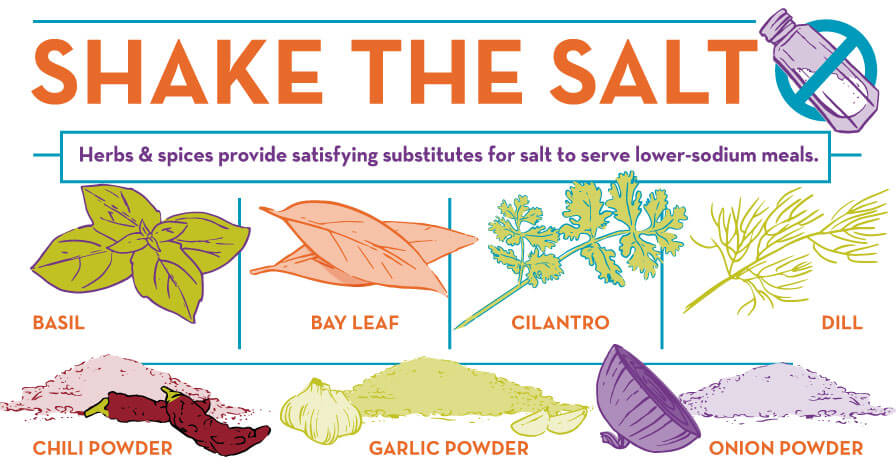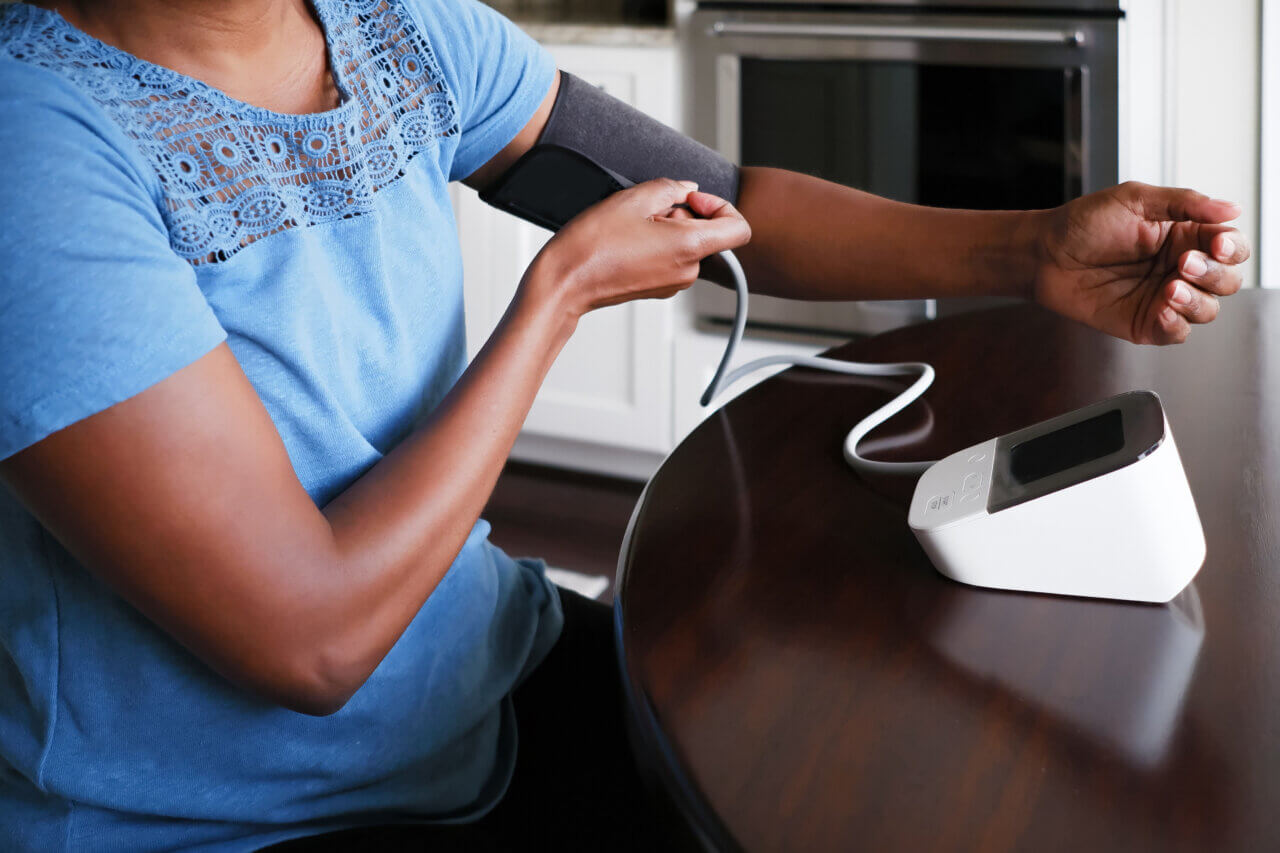Blood Pressure in Cold Weather: Important Considerations

Blood pressure is the force your blood exerts against blood vessel walls as your heart beats. Your blood pressure must be adequate for moving blood throughout your body but not so high that it damages your vessels, heart, brain, kidneys, or other organs.
Can Being Cold Raise Blood Pressure?
Many people check their blood pressure regularly at home. If you do, you may notice that your blood pressure is higher in cold weather. While that could indicate a change in your health, it most likely doesn’t.
There’s a relationship between cold weather and blood pressure. The reason people see elevated readings is that low temperatures can cause a temporary narrowing of blood vessels. More force is then required to move blood through them, which registers as a higher blood pressure reading.
Blood Pressure in Cold Weather and Changing Conditions
Cold weather isn’t the only environmental factor that can affect blood pressure. Some people experience measurable differences due to things like:
- Significant changes in weather patterns, such as the arrival of a storm front
- Changes in atmospheric pressure
- Traveling from one climate to another
- Windy conditions
- Changes in humidity
People 65 or older are more likely to experience blood pressure changes due to weather.
Can Being Cold Raise Your Blood Pressure?
Everyone’s reaction to environmental conditions is different. Does being cold affect your blood pressure? The best way to answer that question is to start taking your blood pressure regularly. You can do that at home with an automatic blood pressure cuff.
Be sure to get one that goes around your upper arm, as devices that attach to a finger or wrist don’t always provide the most accurate readings. It’s also essential to have the right conditions when you take your blood pressure. You should be seated comfortably in a chair, with your back supported, both feet on the floor, and legs uncrossed. Your arm should be supported at approximately the level of your heart.
Also, you should avoid caffeine and alcohol in the 30 minutes before you take your reading, and you should sit calmly for five minutes before performing the check. Doctors recommend taking a reading, resting for a few minutes, taking a second reading, and averaging the two. If they’re significantly different from one another, take a third reading and average the three.
Once you know your typical blood pressure reading at normal room temperature, you can compare it to measurements taken outside when it’s cold or in a cooler part of your home, like a basement. If you see a significant difference, that’s good information to have.
Tips for Managing Blood Pressure in Cold Weather
If you find that cold weather raises your blood pressure, you should take steps to avoid sudden increases, including:
- Dress in layers to maintain more body heat.
- Cover as much of your skin as possible, including with a hat, scarf, gloves, etc.
- Acclimate to cold weather gradually, such as sitting outside briefly before starting outdoor activities
- Avoid strenuous activities in cold environments, including things like shoveling snow. If you must be active in the cold, ease into what you’re doing slowly.
Learn More About Blood Pressure and Cold Weather from Baptist Health
If you have questions about cold weather and blood pressure, your Baptist Health physician is happy to answer them. And if you’ve been diagnosed with high blood pressure and need specialized care, your doctor can refer you to our heart care experts.
Next Steps and Useful Resources
Healthy Blood Pressure by Age and Gender (Chart)
Winter Weather Survival Kit
How to Lower Your Blood Pressure



